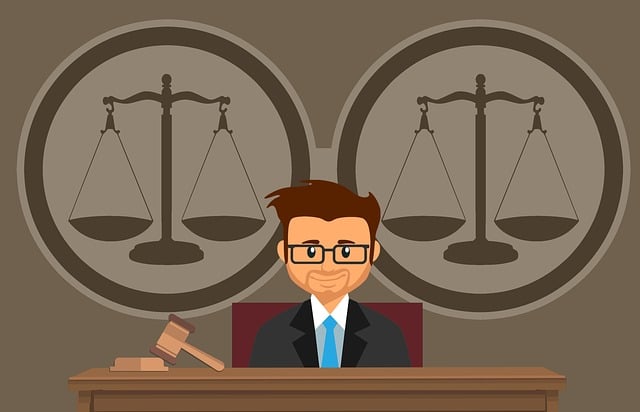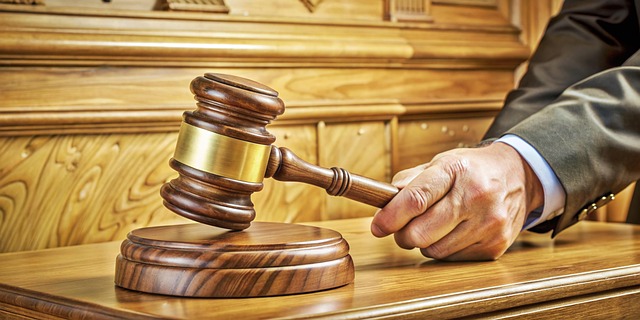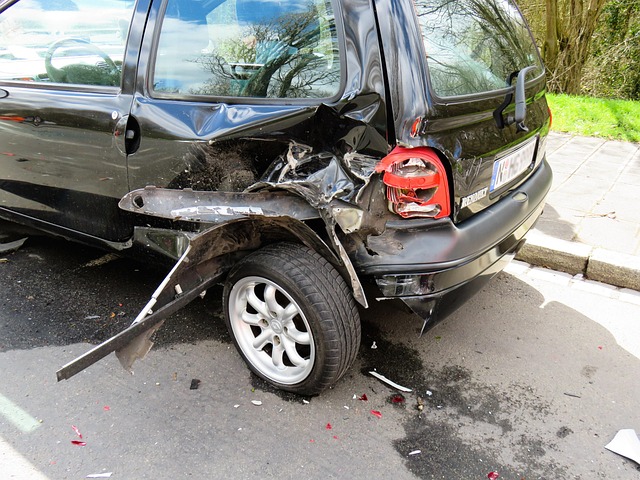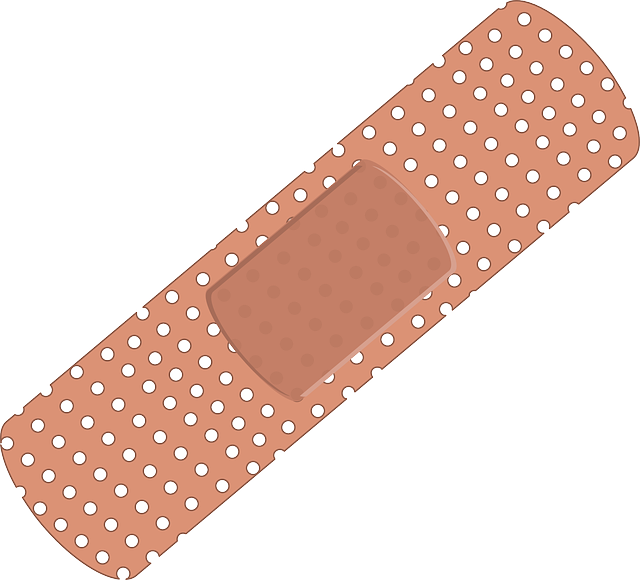Police reports are crucial documents in a pedestrian accident claim, providing an unbiased, detailed account that establishes liability and guides legal proceedings. These reports incorporate witness statements, physical evidence, and timelines to reconstruct events, aiding in the fair assessment of responsibilities. To effectively use police reports, verify accuracy, look for discrepancies, analyze circumstances, and scrutinize medical information for evaluating compensation requirements.
In the aftermath of a pedestrian accident, police reports are invaluable. These official records serve as crucial documentation in navigating complex legal processes for victims seeking compensation. Understanding the intricacies of police reports is essential for establishing liability and building a strong case. This article explores the significance of these reports, offering insights into their role, how to effectively use them, and interpreting their contents to maximize your pedestrian accident claim.
- Understanding Police Reports in Pedestrian Accident Claims
- The Role of Police Reports in Establishing Liability
- Tips for Effective Use and Interpretation of Police Reports
Understanding Police Reports in Pedestrian Accident Claims

In the aftermath of a pedestrian accident, understanding police reports is paramount for anyone pursuing a claim. These official documents are more than just records; they serve as the foundation for legal proceedings and can significantly impact the outcome of your case. A well-crafted police report provides detailed information about the incident, including timelines, witness statements, and evidence collection, all crucial elements in a pedestrian accident claim.
The importance of police reports cannot be overstated, especially when dealing with potential breaches of safety protocols or even civil disputes like real estate transactions gone awry. Similar to how they are used in employment disputes, where accuracy and timing are vital, the precision and immediacy of police reporting can make a substantial difference in pedestrian accident claims. These reports act as impartial evidence, helping to establish liability and ensuring all parties involved are treated fairly under the law.
The Role of Police Reports in Establishing Liability

In the event of a pedestrian accident claim, police reports play a pivotal role in establishing liability and navigating the legal process. These official documents are meticulously crafted to capture the nuances of an incident, offering a detailed account that can be invaluable for both plaintiffs and defendants. When it comes to determining fault in a pedestrian accident, insurance companies, lawyers, and courts often rely heavily on police reports as they provide an unbiased third-party perspective.
The report includes statements from witnesses, victims, and involved parties, along with physical evidence documented at the scene. This comprehensive information helps in reconstructing the sequence of events, identifying potential negligence or intentional acts, and ultimately contributing to the strength of a pedestrian accident claim. In cases that involve complex scenarios akin to real estate disputes or nursing home abuse where liability may be contested, police reports serve as crucial references, ensuring fairness and accurate assessment of responsibilities.
Tips for Effective Use and Interpretation of Police Reports
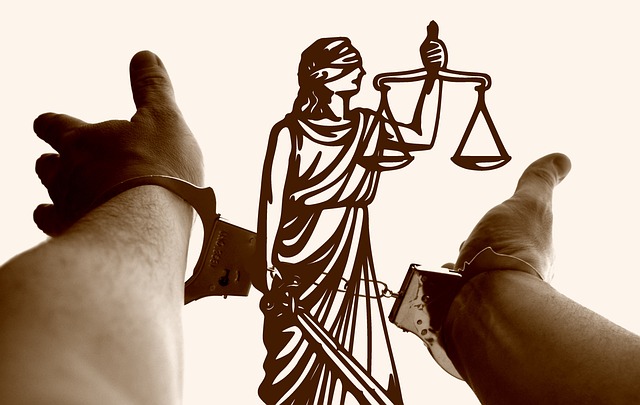
When dealing with a pedestrian accident claim, understanding how to effectively use and interpret police reports is crucial. These official documents serve as a detailed record of the incident, capturing critical information that can significantly impact your case. Begin by thoroughly reviewing the report for accuracy; double-check the facts, dates, and descriptions to ensure they align with your recollection. Look for any discrepancies or missing details, as these may require further investigation or clarification from witnesses and involved parties.
Pay close attention to the section detailing the circumstances of the accident. This portion provides insights into how the incident unfolded, including speed estimates, trajectory analysis, and behavior patterns of all individuals involved—pedestrians, drivers, and any bystanders. Identify relevant factors such as weather conditions, road design, or mechanical failures that might have contributed to the collision. Additionally, scrutinize the medical information section, as it documents auto accident injuries sustained by pedestrians, which can be instrumental in evaluating the extent of compensation required for injury compensation claims, whether for truck accident injuries or other vehicle-pedestrian collisions.
Police reports play a pivotal role in pedestrian accident claims, providing crucial documentation that establishes liability and facilitates a fair settlement. By understanding their significance and learning how to interpret them effectively, individuals involved in such incidents can better navigate the legal process. These reports act as a compass, guiding claimants towards justice and ensuring accountability on the part of negligent parties. When used thoughtfully, they can be game-changers in resolving pedestrian accident claims efficiently and accurately.
